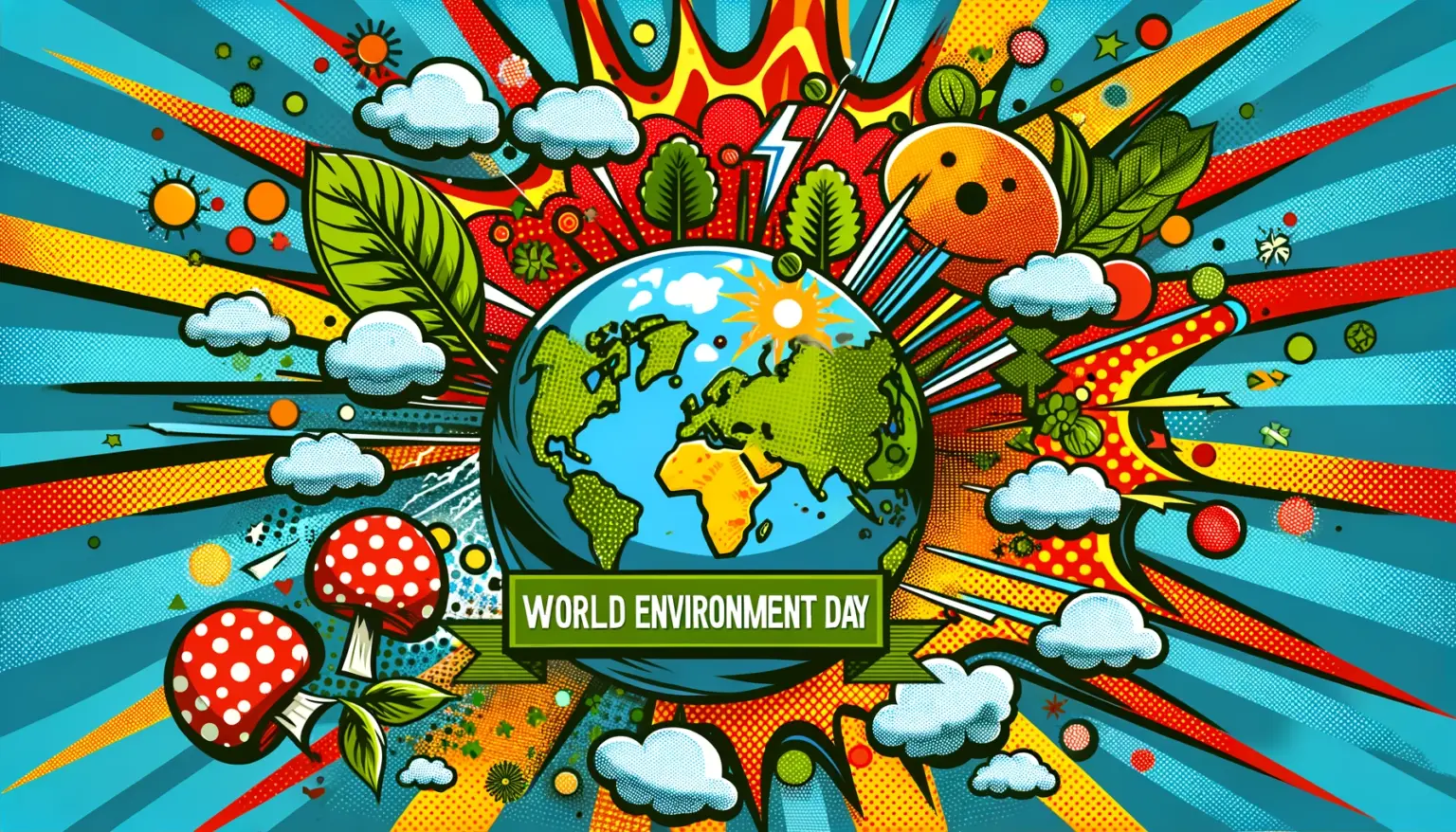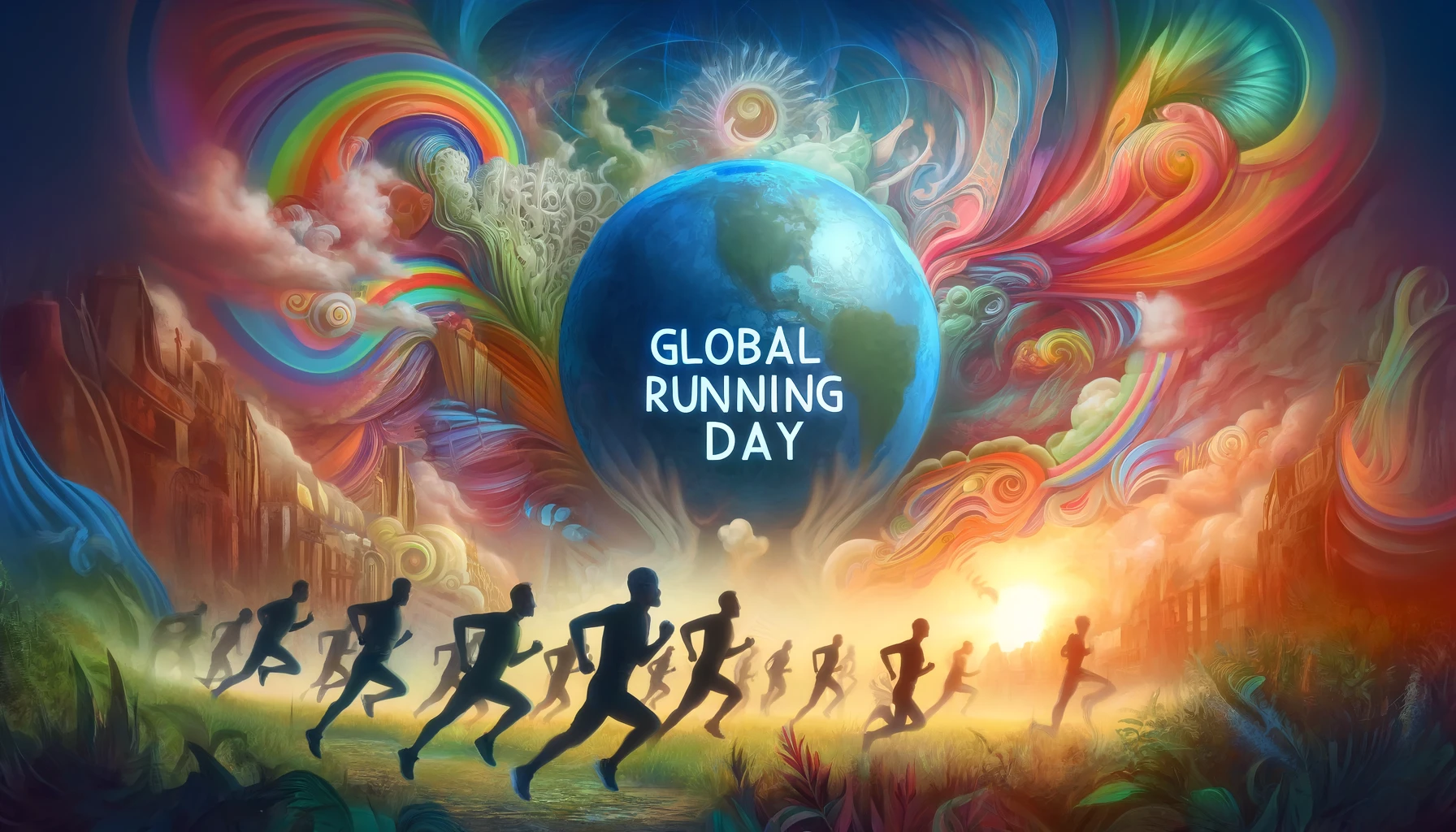As we stand at the crossroads of environmental degradation and restoration, it is clear that the time for action is now. World Environment Day is not just a day of recognition but a rallying cry for individuals, communities, and nations to come together and make a tangible difference. Our planet’s health directly impacts our own, and every effort we make towards sustainability is an investment in our future. Let’s harness this collective energy to drive meaningful change, restore our ecosystems, and build a legacy of environmental stewardship for generations to come.
World Environment Day (WED) is more than just a date on the calendar; it’s a global movement aimed at raising awareness about environmental issues and promoting sustainable practices. Established by the United Nations in 1974, WED has grown to become one of the most significant events dedicated to the environment, celebrated by millions of people in over 100 countries. Each year, it serves as a reminder that the protection of our planet is a responsibility shared by all.
This year’s theme, “Ecosystem Restoration,” is particularly poignant as we face unprecedented environmental challenges. From the Amazon rainforest to coral reefs, ecosystems around the world are in crisis, and it is imperative that we take immediate action to restore and protect them for future generations.
History and Background: Origins of World Environment Day
World Environment Day was first celebrated on June 5, 1974, following its establishment by the United Nations General Assembly. The day was created to encourage worldwide awareness and action for the protection of our environment. Over the years, it has become a platform for public outreach, with participation from governments, corporations, NGOs, and individuals alike.
Key milestones include the adoption of various international environmental agreements and conventions, such as the Paris Agreement on climate change. These agreements highlight the global commitment to tackling environmental issues and underscore the importance of collective action.
This Year’s Theme: Ecosystem Restoration
The theme for this year’s World Environment Day, “Ecosystem Restoration,” emphasizes the urgent need to revive damaged ecosystems. Ecosystems support all life on Earth, and their health directly affects our own well-being. Restoration can take many forms: growing trees, greening cities, rewilding gardens, changing diets, or cleaning up rivers and coasts.
This theme is a call to action for all of us. It reminds us that while the damage done to our planet is significant, it is not irreversible. By working together, we can restore the balance and ensure a healthier, more sustainable future.
Major Environmental Challenges: Addressing Climate Change
One of the most pressing issues we face today is climate change. Human activities, particularly the burning of fossil fuels, have led to a significant increase in greenhouse gases in the atmosphere, causing global temperatures to rise. This warming has severe consequences, including more frequent and intense weather events, rising sea levels, and disruptions to food and water supplies.
International efforts, such as the Paris Agreement, aim to limit global warming to below 2 degrees Celsius. However, achieving this goal requires a concerted effort from all sectors of society. Reducing emissions, transitioning to renewable energy sources, and promoting sustainable practices are critical steps in combating climate change.
Pollution: Tackling a Global Crisis
Pollution is another major environmental challenge that affects air, water, and soil quality. Air pollution, primarily caused by vehicle emissions and industrial activities, leads to respiratory illnesses and other health problems. Water pollution, resulting from agricultural runoff, industrial waste, and plastic debris, contaminates our drinking water and marine ecosystems.
Efforts to reduce pollution include stricter regulations on emissions, promoting clean energy technologies, and encouraging recycling and waste reduction. Public awareness campaigns also play a crucial role in changing behaviors and promoting cleaner, healthier environments.
Deforestation and Biodiversity Loss: Protecting Our Natural Heritage
Deforestation and biodiversity loss are interconnected issues that threaten the stability of ecosystems. Forests are vital for regulating the climate, providing habitat for wildlife, and supporting livelihoods. However, deforestation, driven by agriculture, logging, and urban expansion, continues at an alarming rate.
Protecting forests and preserving biodiversity are essential for maintaining ecological balance. Initiatives such as reforestation projects, protected areas, and sustainable land management practices help safeguard these critical resources. Additionally, promoting biodiversity-friendly practices in agriculture and urban planning can contribute to the conservation of species and their habitats.
Global Initiatives and Success Stories: Collaborative Efforts
International agreements and collaborations have played a pivotal role in addressing environmental challenges. The Paris Agreement, adopted in 2015, is a landmark accord that brings countries together to combat climate change and adapt to its effects. The Sustainable Development Goals (SDGs) also provide a comprehensive framework for achieving a sustainable future.
Around the world, numerous successful projects showcase the power of collective action. For example, the Great Green Wall initiative in Africa aims to combat desertification by creating a mosaic of green and productive landscapes across the continent. In Costa Rica, reforestation efforts have doubled the country’s forest cover, demonstrating the potential for large-scale environmental restoration.
How Individuals Can Make a Difference: Everyday Actions
Individual actions, when multiplied across communities, can have a significant impact on the environment. Simple steps such as reducing energy consumption, minimizing waste, and choosing sustainable products contribute to a healthier planet. For instance, switching to energy-efficient appliances, reducing plastic use, and supporting local and organic farming can make a big difference.
Community involvement is also crucial. Participating in local clean-up events, tree planting activities, and conservation projects fosters a sense of responsibility and collective action. Educating others about environmental issues and advocating for policy changes can amplify individual efforts and drive broader societal change.
Corporate Responsibility: The Role of Businesses
Businesses have a significant role to play in environmental conservation. Corporate social responsibility (CSR) initiatives can lead to sustainable business practices that benefit both the environment and the company. Implementing energy-efficient technologies, reducing waste, and sourcing materials responsibly are just a few ways businesses can contribute.
Several companies have already set examples of sustainability. For instance, Patagonia, a clothing company, is known for its environmental initiatives, including using recycled materials and supporting conservation projects. Such practices not only help the environment but also enhance the company’s reputation and customer loyalty.
Call to Action: Getting Involved
World Environment Day is an opportunity for everyone to take action. Whether through participating in local events, supporting environmental organizations, or making sustainable lifestyle choices, every action counts. This year, let’s commit to restoring our ecosystems and building a more sustainable future.
Join the global movement by engaging in activities such as planting trees, cleaning up local parks, and spreading awareness about environmental issues. Together, we can make a difference and ensure a healthy planet for future generations.
Conclusion: A Vision for a Sustainable Future
As we celebrate World Environment Day, it is essential to reflect on the importance of protecting our planet. The challenges we face are significant, but so are the opportunities to make a positive impact. By working together, individuals, communities, and governments can create a sustainable future.
Let us renew our commitment to environmental conservation and take proactive steps towards a healthier, more resilient world. Our actions today will shape the legacy we leave for future generations.
10 Interesting Facts About World Environment Day
- Global Participation: World Environment Day is celebrated in over 143 countries, making it one of the most widely recognized and participated environmental events globally.
- Annual Themes: Each year, World Environment Day has a different theme to highlight specific environmental issues. Previous themes have included “Beat Plastic Pollution” and “Time for Nature.”
- Host Countries: Every year, a different country hosts World Environment Day. In 2021, Pakistan was the host country, focusing on ecosystem restoration.
- Origin: The first World Environment Day was held in 1974, with the theme “Only One Earth.” It was established by the United Nations General Assembly during the Stockholm Conference on the Human Environment.
- UN Environment Programme: World Environment Day is the United Nations’ principal vehicle for encouraging awareness and action for the protection of the environment. It is run by the United Nations Environment Programme (UNEP).
- Global Impact: Over the years, World Environment Day has led to various global initiatives and policies aimed at protecting the environment, such as the reduction of single-use plastics and the conservation of biodiversity.
- Public Engagement: World Environment Day involves various activities like street rallies, bicycle parades, green concerts, essay and poster competitions in schools, tree planting, and clean-up campaigns.
- Digital Campaigns: In recent years, digital campaigns and social media have played a significant role in spreading awareness and engaging the global community in environmental conservation efforts.
- Celebrity Endorsements: Many celebrities and influential figures participate in World Environment Day activities and campaigns, helping to raise awareness and encourage action among their fans and followers.
- Educational Resources: World Environment Day provides a wealth of educational resources, including lesson plans, fact sheets, and toolkits, to help individuals and organizations understand and address environmental issues.












A call to action for a sustainable future on World Environment Day. Inspiring insights!
Environmental action day
Very informative!
Celebrating World Environment Day is a powerful call to action. This article inspires us to protect our planet.
World Environment Day is crucial for promoting sustainability. This article captures the significance and goals of the day well. Well written!